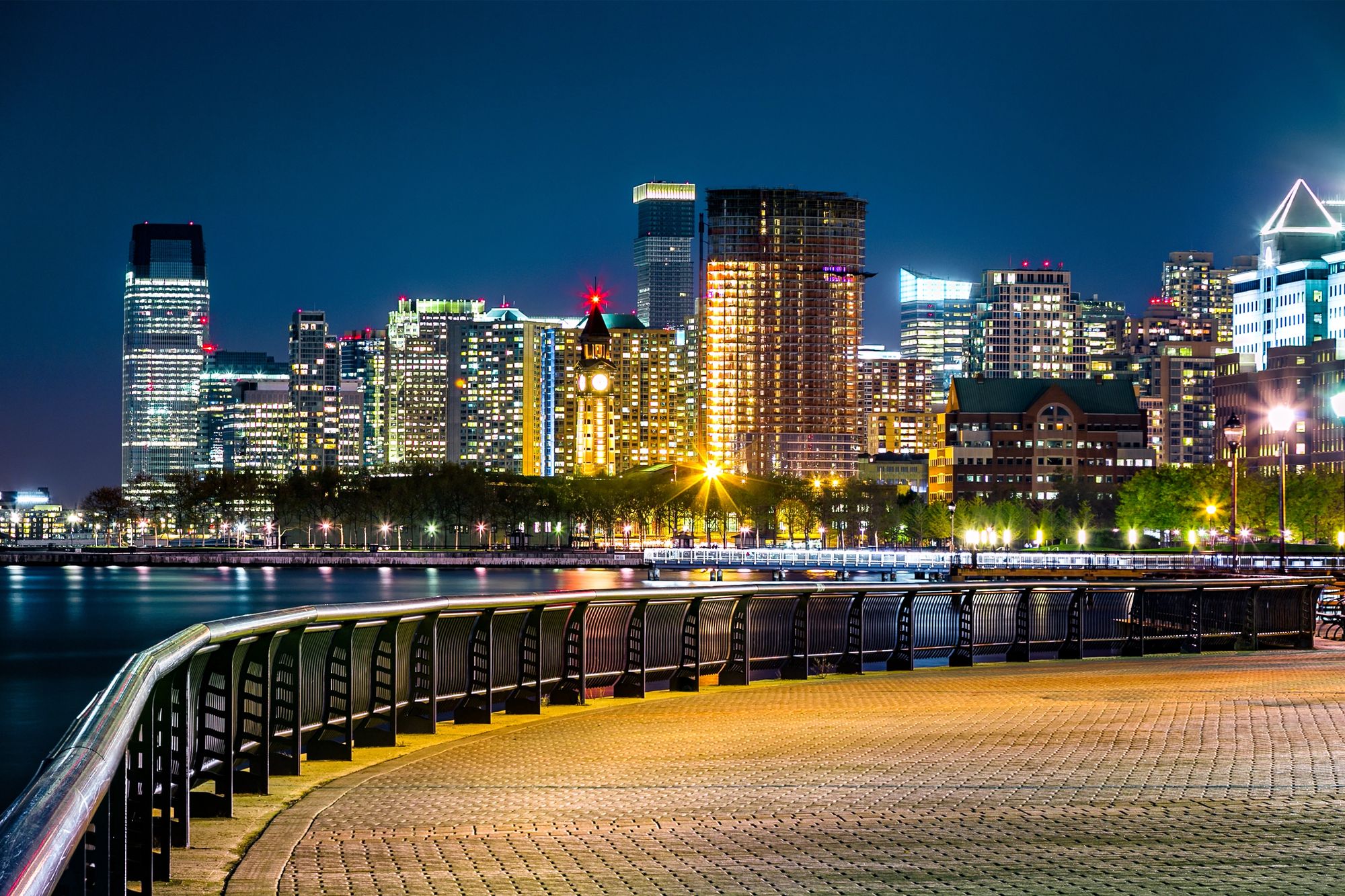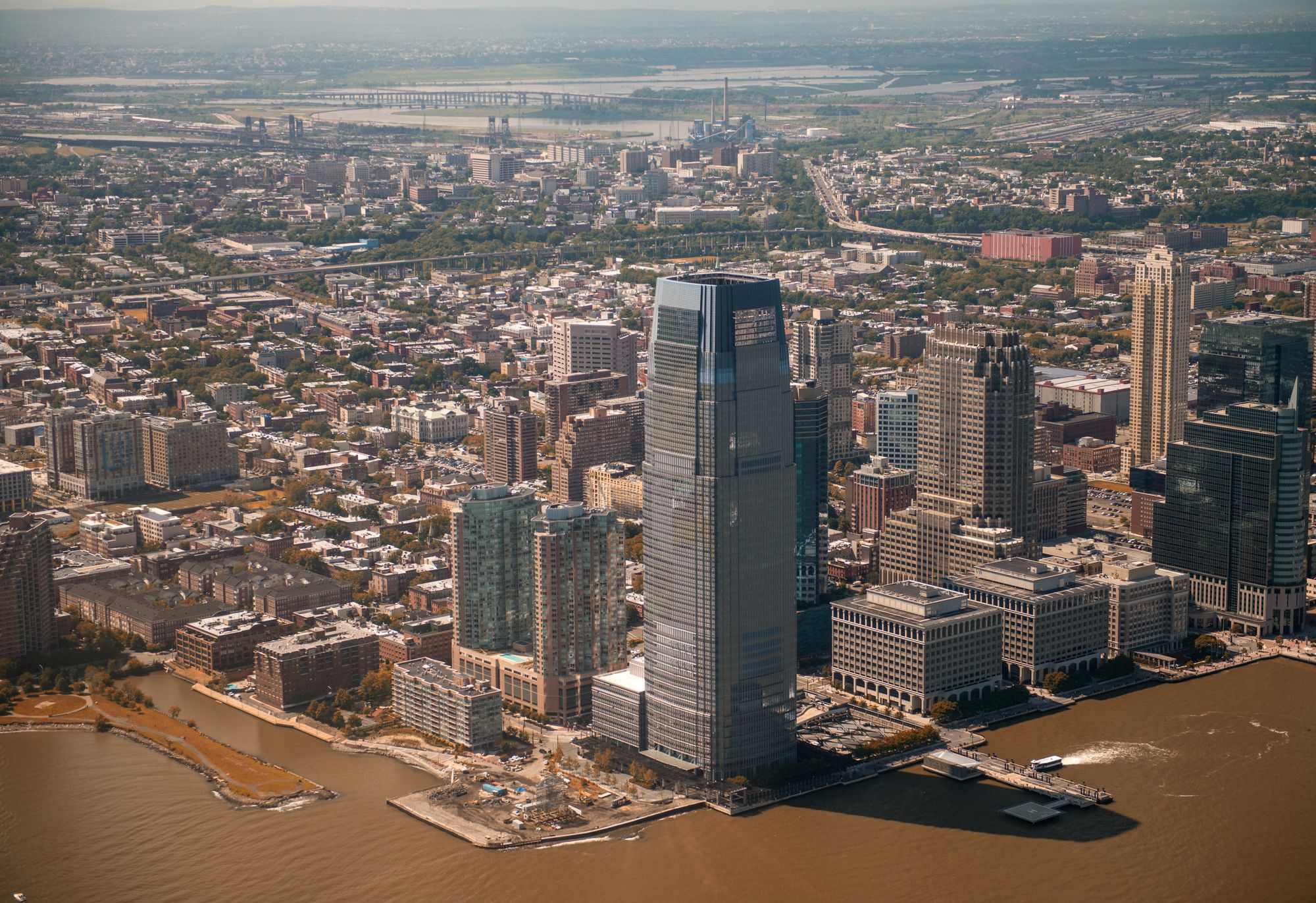The latest political debate in Jersey City is swirling around a proposed environmental law from Ward E Councilman and mayoral hopeful James Solomon. His plan focuses on large buildings—anything over 25,000 square feet—requiring them to benchmark emissions by 2028 and meet phased reduction targets by 2030.
Solomon frames it as a “nation-leading” push for sustainability. But residents like Dario Gutierrez worry the plan could saddle building owners and tenants with steep financial burdens.
Easy booking across hundreds of accommodations from luxury high-rises to unearthed brownstone treasures.
Browse Accommodations Now
Gutierrez draws comparisons to similar laws in New York City. He sees a real risk of skyrocketing housing costs if the plan moves forward without some kind of financial safety net.
Breaking Down Solomon’s Proposed Emissions Law
Solomon’s framework would make large residential and commercial buildings measure their greenhouse gas emissions. After that, they’d need to start reducing them year by year.
By 2030, these properties would have to meet tough energy efficiency and electrification standards. The idea lines up with broader climate efforts that aim to cut urban pollution and move away from fossil fuels.
Why Residents Are Worried
Gutierrez points to a Bloomberg report about the impact of similar rules in New York City. Over at the Queensview housing cooperative, the cost of electrification could push monthly maintenance up by about $1,155 for some residents.
He stresses that Jersey City doesn’t have the same tax relief and financing programs as NYC. That could make compliance here even pricier.
He’s especially concerned about older, working-class buildings in city districts like Montgomery Towers and the pre-war condos near Lincoln Park. These places often have outdated heating, older wiring, and residents who are watching every dollar.
Find available hotels and vacation homes instantly. No fees, best rates guaranteed!
Check Availability Now
Big electrification retrofits sound pretty overwhelming for them.
The Financial Factor
There’s another wrinkle: utility prices. Electricity rates in New Jersey have climbed, and if everyone switches to electric heating, demand will surge.
Gutierrez thinks that swapping gas for electric systems could send monthly bills through the roof, especially for folks on fixed incomes.
Environmental Goals Versus Economic Reality
Gutierrez says he supports environmental action. But he argues Jersey City already keeps its carbon footprint fairly low.
He worries the policy might push people out to the suburbs, where heating is cheaper but emissions are higher. That’d pretty much defeat the climate goal, wouldn’t it?
Balancing Green Initiatives with Livability
So, how do you lead on sustainability without making the city unaffordable? Maybe the answer is incentives and relief programs, like in other places.
Tax credits, grants, or low-interest loans could help older buildings make the switch, while keeping housing within reach.
The Human Side of Climate Policy
For a lot of Jersey City residents, environmental rules aren’t just numbers—they show up as rent hikes, higher maintenance fees, and bigger utility bills.
Balancing ambitious carbon goals with economic protection for vulnerable communities will matter a lot if this proposal moves ahead.
What This Means for Jersey City Residents
With the mayoral race heating up, this issue’s bound to be a big one in local politics. Whether you own, rent, or run a business, you’ll want to know how these policies could affect you.
The outcome could reshape the city’s environmental profile—and its affordability.
For visitors and newcomers wondering where to stay in Jersey City, housing costs and quality of life are big draws. If property owners face higher compliance costs, hotel and short-term rental prices could climb too, making Jersey City hotels pricier down the line.
Tying Back to the Community
This conversation goes beyond politics and taps into Jersey City’s bigger story—growth, change, and all that comes with it. You see it everywhere, from old neighborhoods with cracked sidewalks to shiny new waterfront towers. That mix of history and progress? It’s a big part of the city’s vibe.
But when a policy puts too much pressure on certain city districts, it threatens to throw things out of balance. Some folks might not notice at first, but that kind of strain sneaks up on everyone eventually.
If you’re checking out things to do in Jersey City, you’re not just ticking boxes. You’re connecting with the people, the small shops, the music on a random corner—everything that makes the city pop. And honestly, if new environmental rules make it harder for these places to survive, we all lose something.
Maybe you’re planning a weekend and Googling getting to Jersey City, or maybe you’re thinking about moving in for the long haul. Either way, the whole sustainability debate isn’t just background noise. It’s shaping what the city will look and feel like for years to come.
Find the perfect hotel or vacation rental. Instant booking, no fees!
View Top Stays
Here is the source article for this story: Op-Ed: Can Jersey City’s co-op & condo owners afford costly law backed by Solomon?




